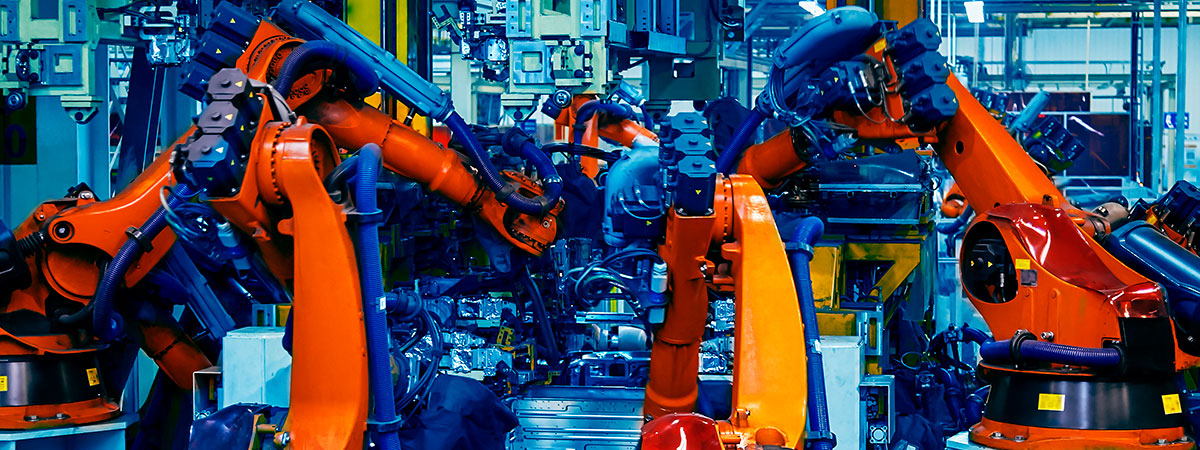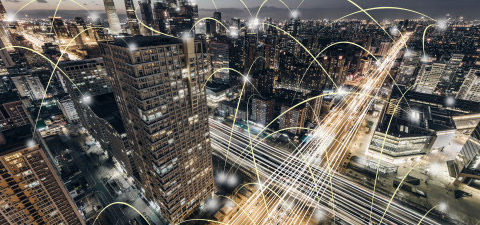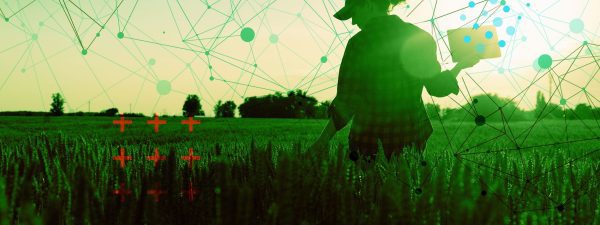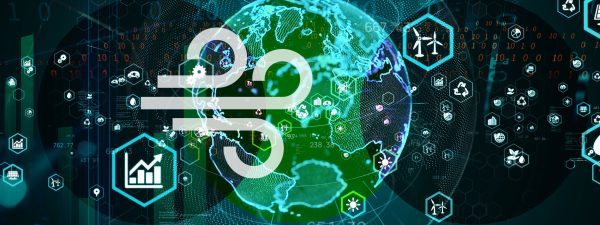Before we jump into Industrial Internet of Things (IIoT), let’s look at the overall definition of Internet of Things (IoT). In very simple terms, the Internet of Things, or IoT, refers to the billions of network devices that are now connected and communicating with other devices, network, and the cloud, leveraging the Internet. These devices can include adapters, sensors, thermostats, activity tracking device, heart monitors, and many more. Kevin Ashton coined the phrase ‘Internet of Things’ in 1999, although it took a number of years after that for the term to become a common business term. The vast landscape of IoT includes connected medical, connected automobile, smart buildings, smart cities, transportation, agriculture, and manufacturing.
IIoT is mainly focused on the manufacturing sector although the term has been used loosely for other areas as well. IIoT solutions allow manufacturers to place sensors at various parts of the manufacturing process to constantly report the production rates and provide updates on maintenance, and other analytics data. The Industrial Internet of Things or IIoT can be defined as “machine-to-machine communications with data analytics that enable intelligent industrial operations to achieve improved and intelligent connectivity, increased operational efficiencies, cost savings, time savings, and enhanced safety.”
The research group, Gartner, defines IIoT as “a set of integrated software capabilities to improve asset management decision making within asset-intensive industries. IIoT platforms also provide operational visibility and control for plants, infrastructure and equipment.” According to the firm, By 2025, 50% of industrial enterprises will use industrial Internet of Things (IIoT) platforms to improve factory operations, up from 10% in 2020. Some of the leading players in IIoT, according to Gartner include PTC, Hitachi, Microsoft, GE Digital, Software AG, Litmus, IBM, Oracle, Altizone, Exosite, and many others.
Here are just a handful of examples of practical applications in IIoT:
- Machine breakdown – In the pre-IoT days, management had to figure out if a machine has broken down or not working properly by looking at the output or walking around and inspecting the machinery. With IIoT sensors, they get this information immediately allowing them to quickly fix the issue, and improve productivity.
- Proactive maintenance – With IIoT, information can be communicated to the servers in advance of when maintenance is due or if there is an unusual degradation which makes it easier for companies to be proactive in upgrading or servicing the equipment to avoid breakdowns.
- Tracking of tools – A lot of time can be wasted in looking for tools. Bosch brilliantly introduced the concept of sensors on tools with its Track and Trace program to allow quick tracking of tools, saving a ton of time.
- Oil & Gas – IioT has been playing a major role in improving efficiencies in the Oil and Gas sector. By allowing sensors to the wells and rigs, remote workers can monitor operations easily. They are also alerted of any disruptions.
- Mining – In mining, conveyor belts and equipment are critical to carry rocks and materials miles away to process. If the conveyor belts go down, it can cause severe losses. By having sensors installed throughout the belts and associated equipment, miners can remotely monitor and take a quick action to fix any issues that may come up.
Industrial Internet of Things market is estimated to be between $150B to $250B and is expected to grow at more than 20% CAGR, in the next few years which will make it a $1 trillion market. Regardless of the size, it’s clear that benefits of operational efficiencies, cost savings, improved productivity, and customer service cannot be ignored. For any company in the industrial space, adoption of IIoT will not only be required for growth, but will become an imperative for survival.




